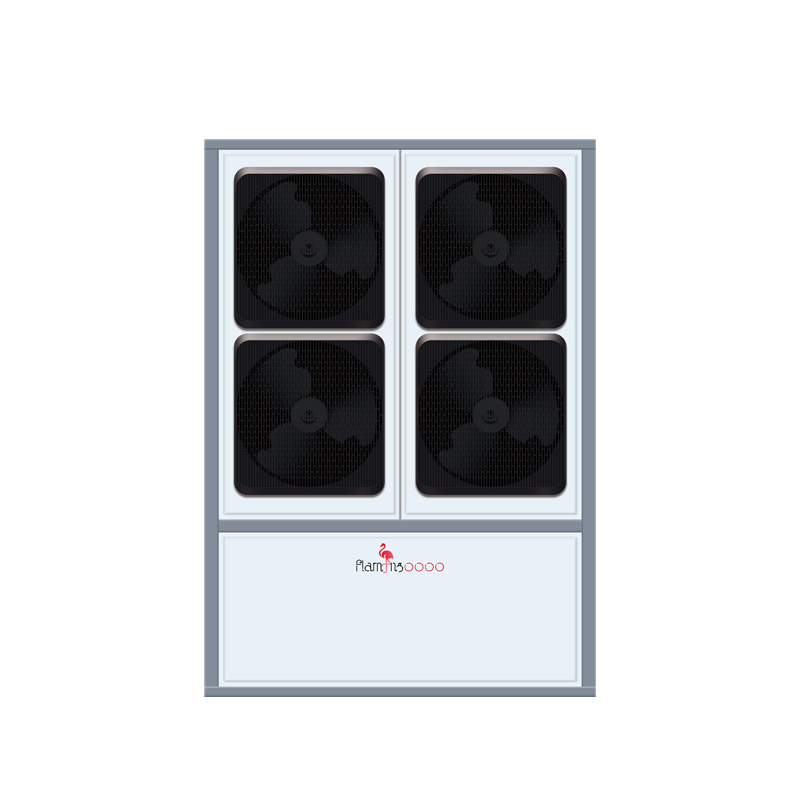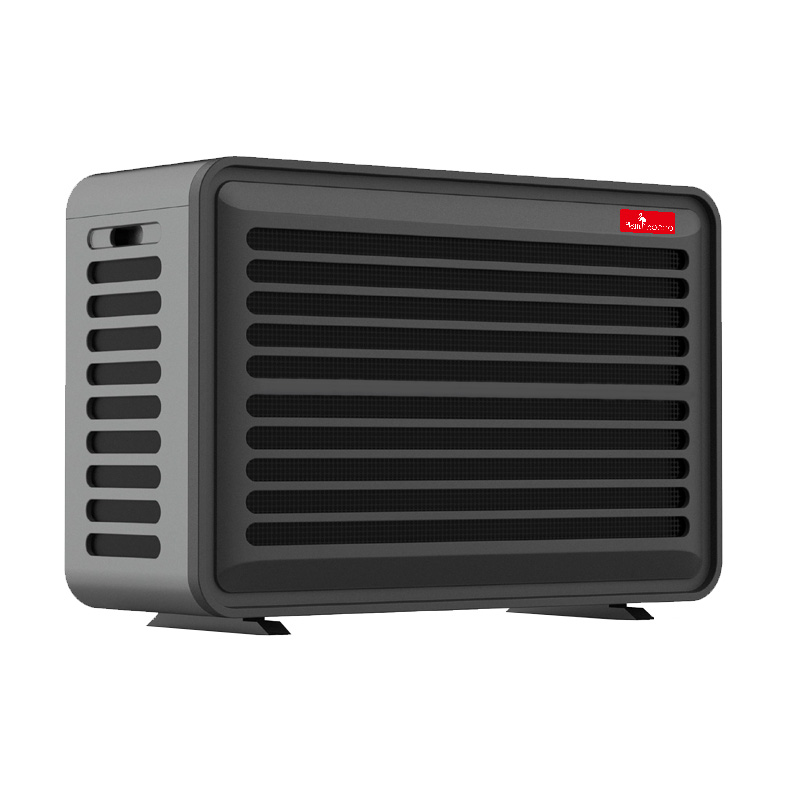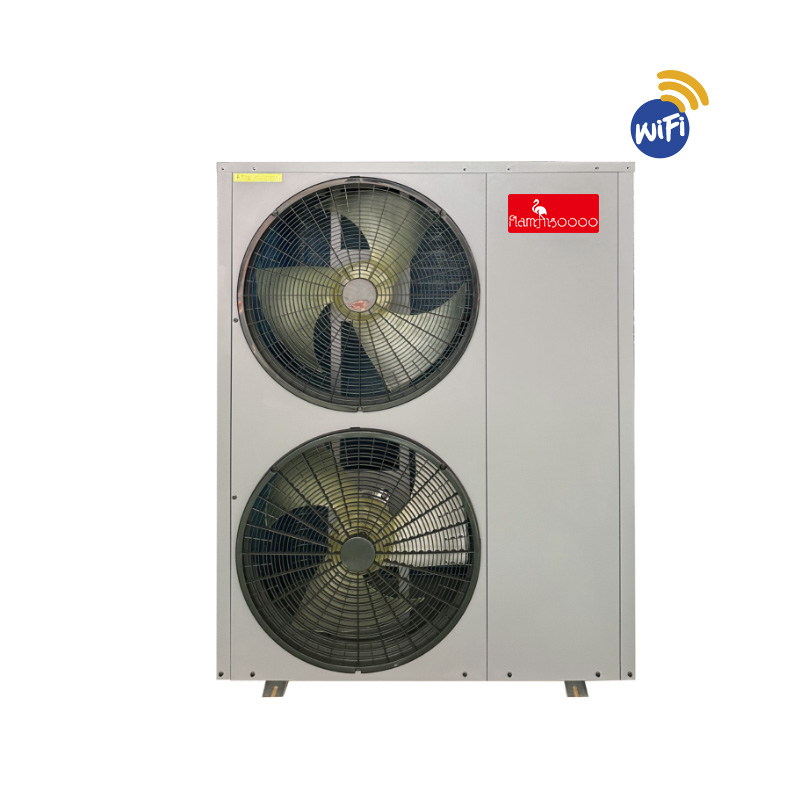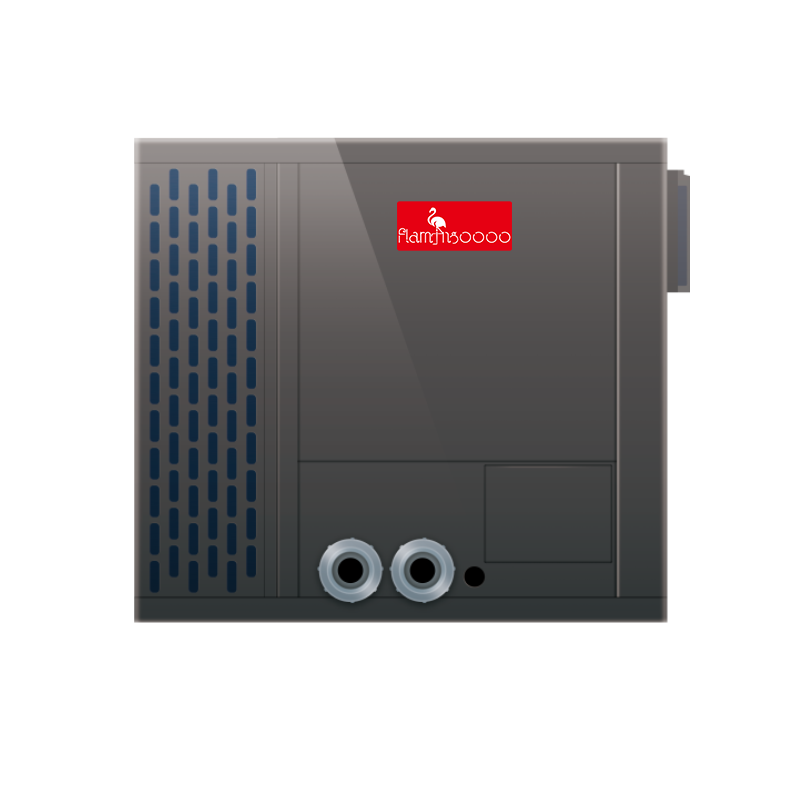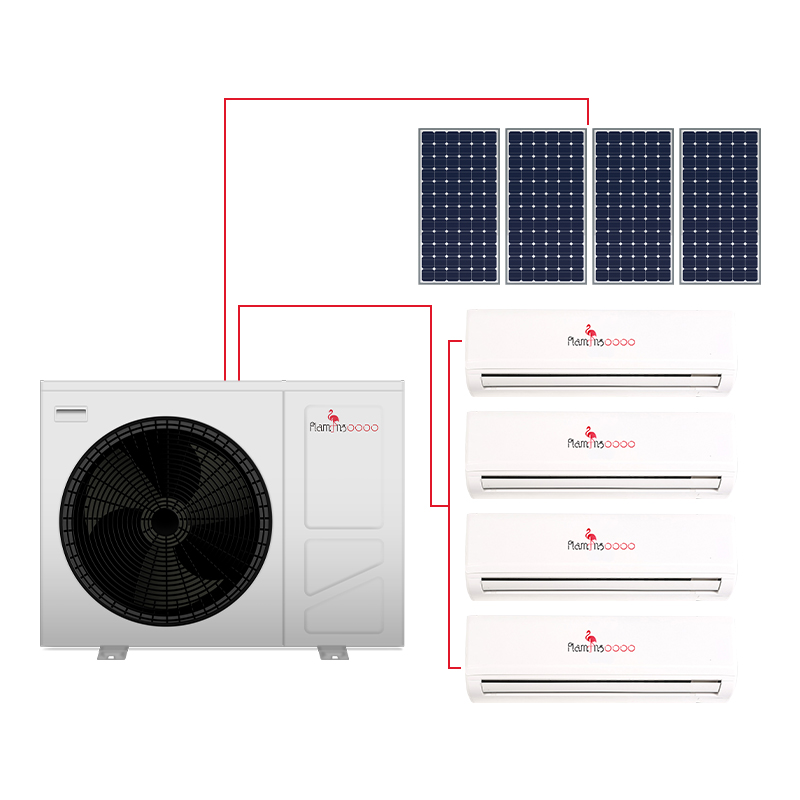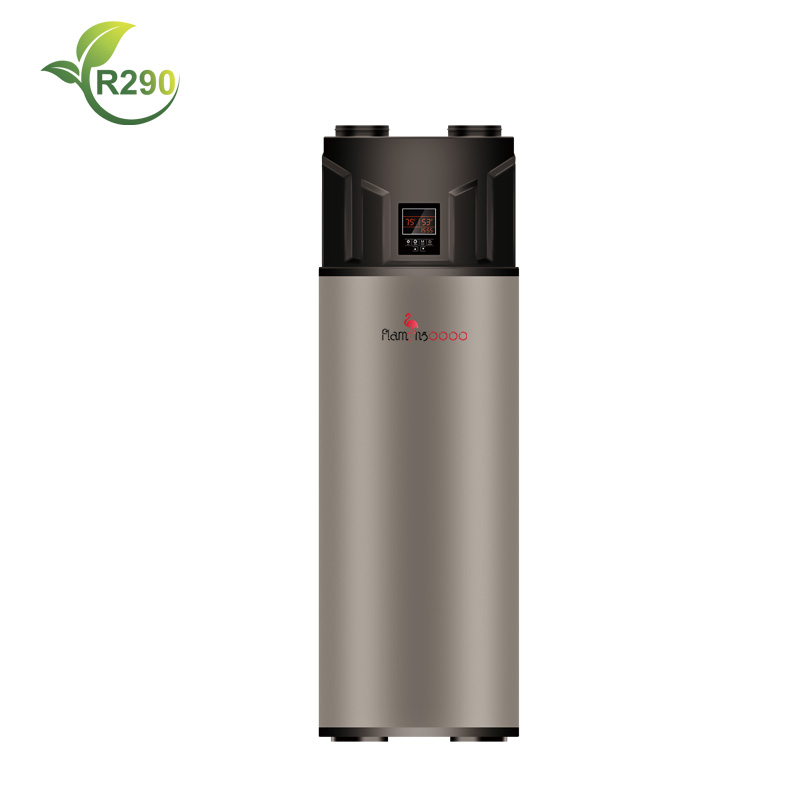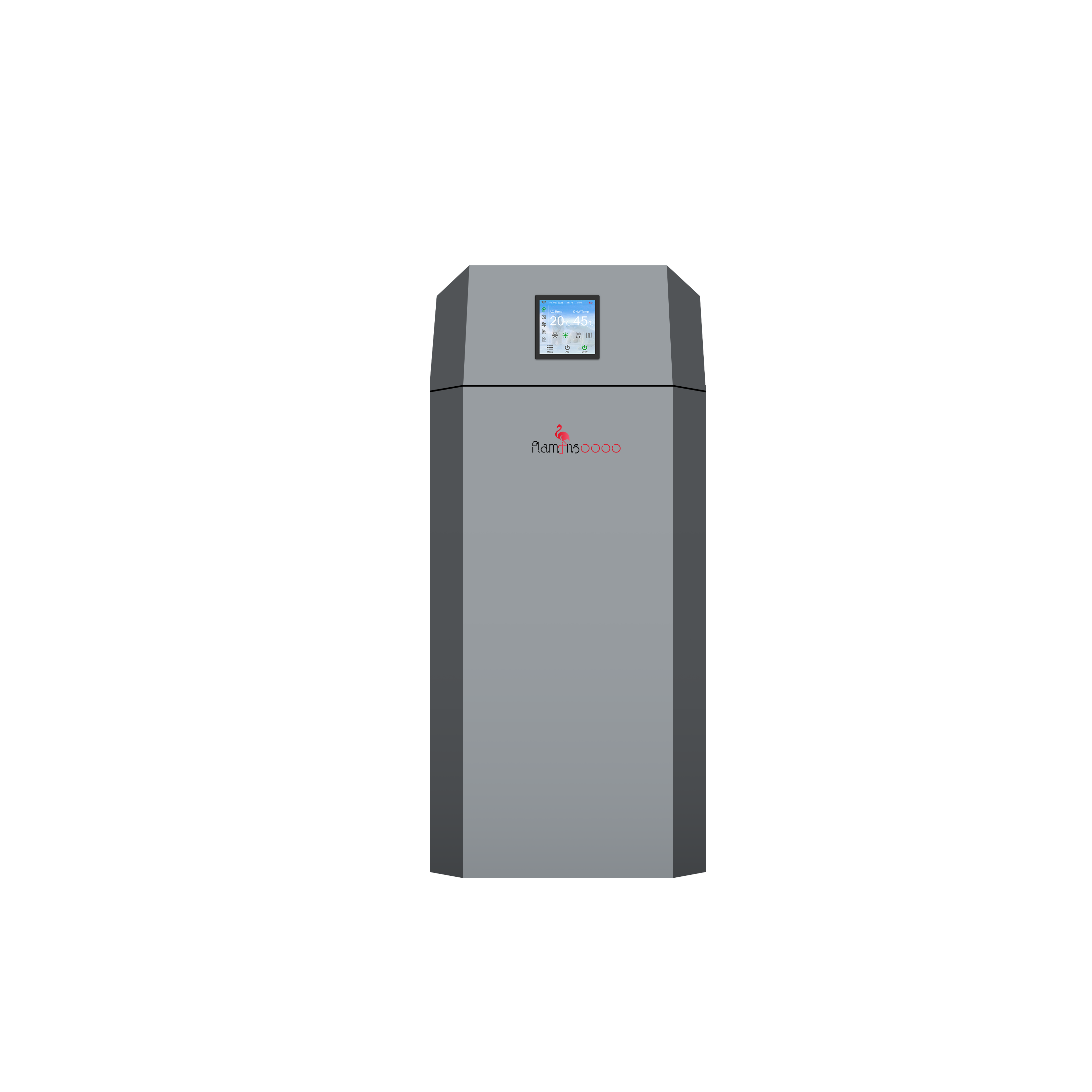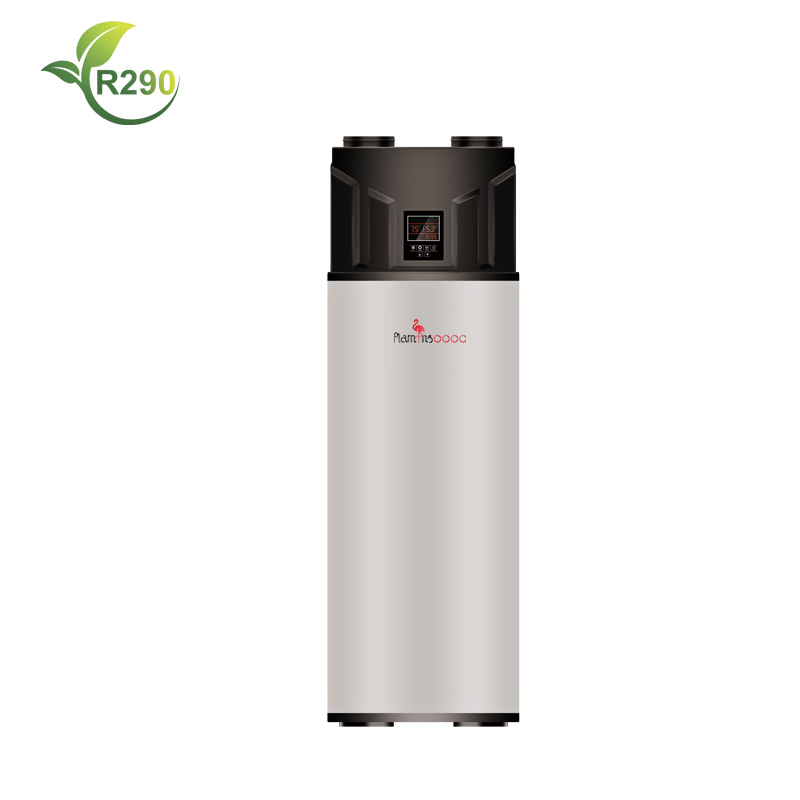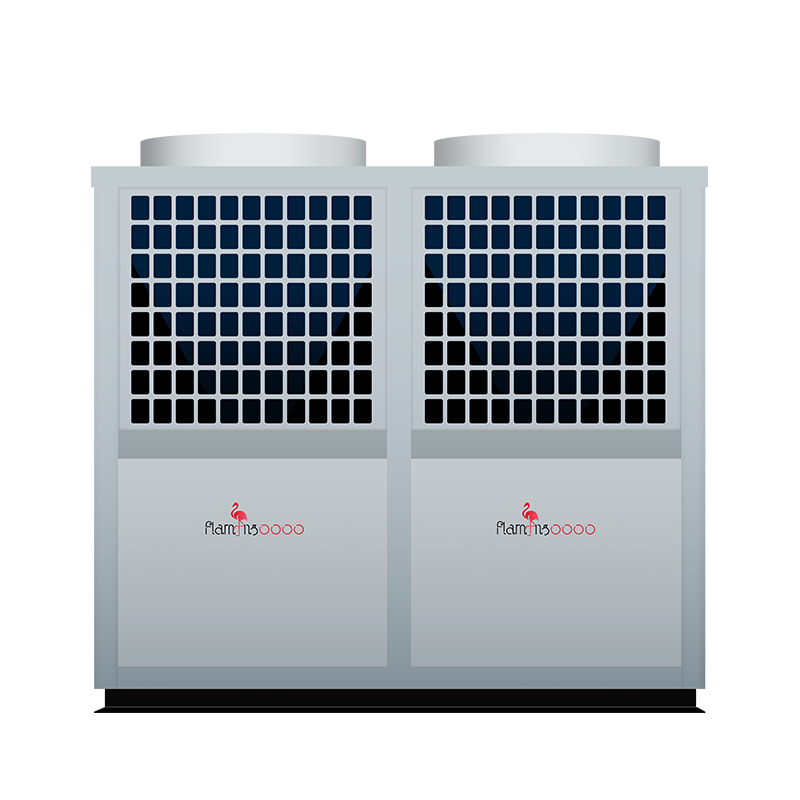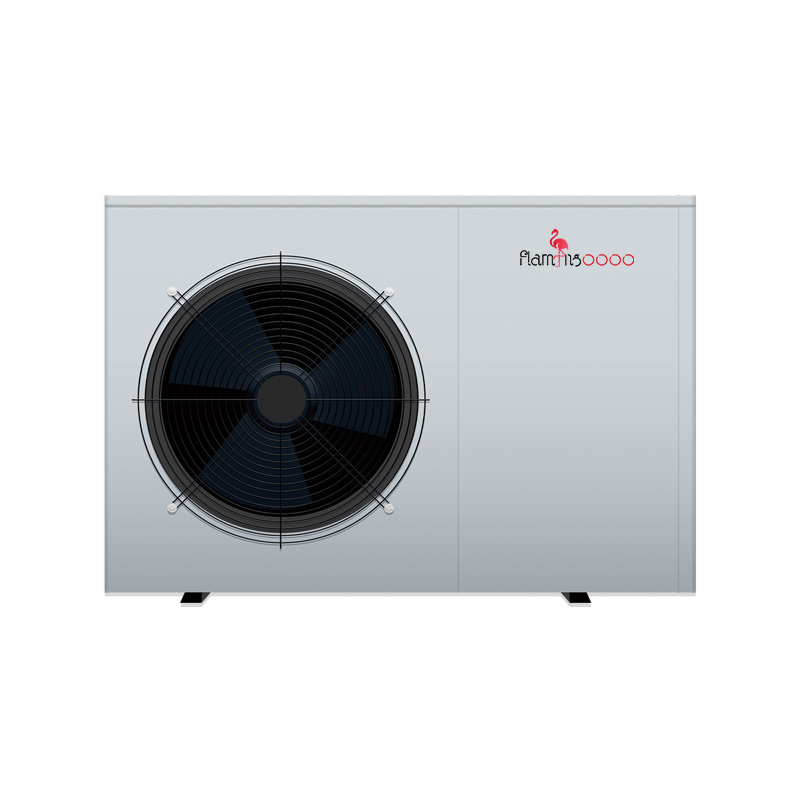Governments Expand Heat Pump Subsidies to Boost Energy Efficiency
United States: Tax Incentives and State Rebates Drive Adoption
United States: Tax Incentives and State Rebates Drive Adoption
The U.S. government has taken significant steps to promote heat pump adoption through the Inflation Reduction Act of 2022, which offers federal tax credits of up to $2,000 for homeowners who install heat pumps. Additionally, various states have launched their own initiatives to further support the transition to energy-efficient heating and cooling.
State-Level Incentives: Pennsylvania, New Jersey, and Delaware have approved funding to provide rebates for electric heat pumps, stoves, wiring, and insulation. These programs are expected to roll out later this year, making energy-efficient home upgrades more accessible to residents.
Energy Savings and Market Growth: Heat pumps have gained significant market share in the U.S., with sales increasing due to government support and rising awareness of their efficiency compared to traditional gas furnaces.
Source: WHYY.org
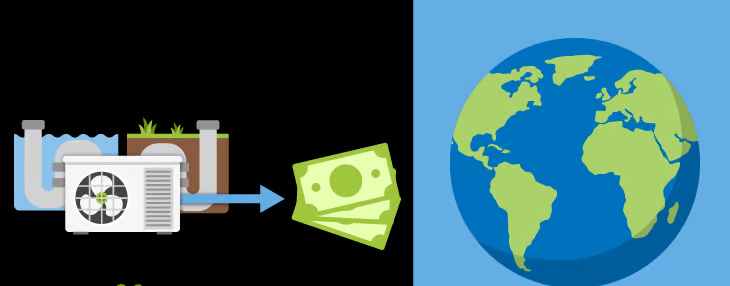
United Kingdom: Warm Homes Plan Provides Up to £30,000 for Heat Pumps
The UK government has unveiled a £3.4 billion ‘Warm Homes Plan’, aimed at helping low-income households reduce their energy costs and improve home insulation.
Subsidy Details: Eligible low-income households can receive up to £30,000 in government grants to invest in energy-efficient home improvements, including heat pump installations, solar panels, and insulation upgrades.
Targeting Fuel Poverty: This initiative is part of a broader effort to combat fuel poverty by making heating more affordable and reducing reliance on fossil fuels.
The UK’s commitment to heat pump adoption aligns with its broader climate goals, as it seeks to phase out gas boilers by 2035.
Source: The Scottish Sun
Germany: Nationwide Heat Pump Awareness Campaign
Germany is aggressively pushing for heat pump adoption as part of its clean energy transition. However, adoption rates remain lower than other European nations, prompting the government to launch a promotional campaign aimed at dispelling misinformation and encouraging installations.
Adoption Rates: Currently, only 47 out of 1,000 German households use heat pumps, compared to 635 out of 1,000 in Norway, highlighting a significant gap in adoption.
Government Strategy: The campaign emphasizes the cost savings and available subsidies for heat pump installations, aiming to encourage homeowners to switch from gas boilers to heat pumps for heating.
This initiative aligns with Germany’s broader climate strategy, which includes phasing out fossil fuel-based heating systems in favor of sustainable alternatives.
Source: The Guardian
The Future of Heat Pumps: Industry Growth and Policy Uncertainty
The increase in heat pump subsidies has already contributed to a surge in sales. In the U.S., heat pumps have gained market dominance over gas furnaces, with continued growth expected as climate policies drive demand.
However, potential policy shifts could impact the future of these subsidies. Changes in government priorities or budget allocations could determine whether these incentives remain in place in the long term.
Source: Wall Street Journal
Conclusion: A Global Shift Towards Energy-Efficient Heating
With growing financial incentives and government-backed initiatives, heat pumps are becoming a more viable option for homeowners worldwide. Subsidy programs in the U.S., UK, Germany, and other nations are making energy-efficient heating more affordable, reducing carbon emissions, and helping countries meet their climate goals.
As heat pump adoption continues to rise, these subsidies play a crucial role in accelerating the transition toward cleaner and more sustainable heating solutions.

